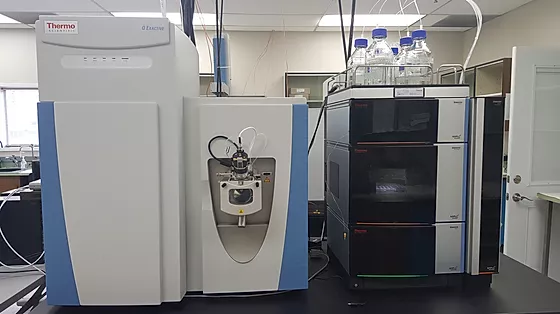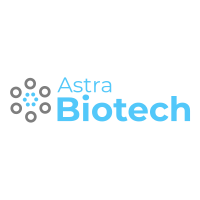Mycotoxins: Global use of feed materials in the production of animal feed is increasing the risk of chemical and microbiological contaminants in food-producing animals. The feed can be contaminated with microorganisms, mycotoxins, animal by-products, organic pollutants, and toxic metals. Mycotoxin contamination is now recognized as a global issue in agricultural production, especially in the livestock sector.
Mycotoxins are produced as secondary metabolites by various fungi and the main fungus
producing mycotoxins are aspergillus, fusarium and penicillium. Aflatoxins, ochratoxin A,
fumonisins, deoxynivalenol, T-2 toxin and zearalenone (ZEN) are the most common mycotoxins found in food and feed samples.
These samples can become contaminated with mycotoxins before harvest, during transport and during their storage. Corn, wheat, barley, rice, oats, nuts, milk, cheese, peanuts, and cottonseed, etc can be commonly found contaminated with mycotoxins.
Effects of mycotoxins on animals:
Mycotoxins cause mycotoxicosis in animals and cause significant economic losses in animals due to reduced productivity, increased disease incidence and decreased reproductive performance. The mycotoxins of most concern due to their toxicity and occurrence are aflatoxins, deoxynivalenol (DON), ochratoxin (OTA), zearalenone (ZEN), fumonisin (FB1 and FB2) and T-2 toxins.
Regulations for major mycotoxins
Regulations for presence of mycotoxins in the food and feed commodities exist in at least 100 countries. Most of these regulations are related to aflatoxins and the maximum tolerated levels differs greatly among countries.
For EU maximum permitted limits for mycotoxins in feed please follow this link:
https://eur-lex.europa.eu/legal-content/EN/TXT/?qid=1548058686527&uri=CELEX:02002L0032-20171225
https://eur-lex.europa.eu/legal-content/EN/TXT/?qid=1548058355807&uri=CELEX:02006R1881-20180319
https://eur-lex.europa.eu/legal-content/EN/TXT/?qid=1548058448969&uri=CELEX:02006H0576-20160802
https://eur-lex.europa.eu/legal-content/EN/TXT/?qid=1548056608685&uri=CELEX:32013H0165
Analysis of mycotoxins
ELISA, TLC and GC can be used for analysis of mycotoxins from feed materials. A fast and simple UHPLC based method for multi-mycotoxin analysis is preferred these days. This method uses LC-MS/MS.

Mycotoxins Remediation
Prevention of mycotoxicosis requires pre- and post-harvest strategies. Among post-harvest decontamination approaches, the most widely used is the inclusion of sorbent materials in feed. Such materials create a mycotoxin – adsorbent complex that is not absorbed in the intestinal tract, thus eliminated via feces. Mycotoxin adsorbing agents are divided into inorganic, organic, or synthetic compounds (Di Gregorio et al., 2014; Vila Donat et al., 2018).
Other approaches include the addition of enzymes, yeast cell wall, or microorganisms (e.g. Bacillus subtilis, Bacillus Licheniformis, Lactobacillus Rhamnosus and other) capable of binding or degrading certain mycotoxins (Zhao et al., 2015; Fu et al., 2016; Ji et al., 2016; Vila-Donat et al., 2018).
Contact us:
For more information or collaboration on projects on mycotoxin remediation please do not hesitate to contact us.
